Emergency rooms beg urgent attention
Patients pouring in from rural areas of Punjab further compound the problem
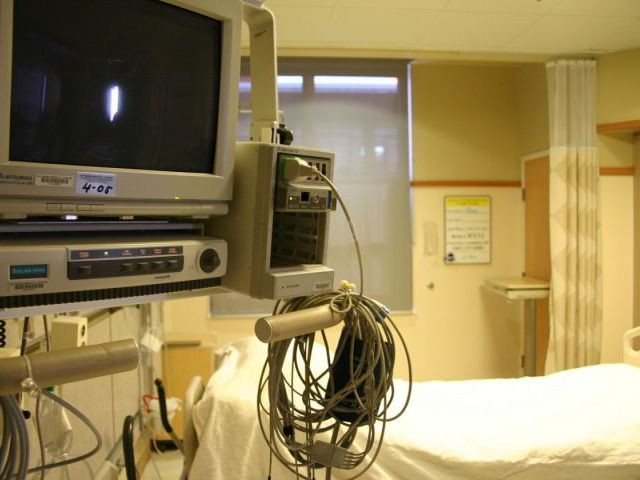
PHOTO: FILE
Fifty-eight-year-old Saadia Qasim writhed like a snake as her family watched on helplessly. Qasim suffered from severe kidney pains for months before she was finally diagnosed with a kidney disorder at Jinnah Hospital. “The struggle was more painful than the kidney disorder,” she narrates from the hospital bed. Qasim was initially taken to Mayo Hospital, did not take her in. She then went through the ordeal of visiting Sir Ganga Ram (SGR) Hospital, the Punjab Institute of Cardiology (PIC) and even the Services Hospital, all of whom refused to take her in. “All of them refused us as their dialysis machines were out of order,” shares Raheela.
A brewing crisis
Approximately 40 and 50 casualties are reported every day at the emergency rooms (ER) of Mayo and JHL, respectively. Similar numbers are recorded at most state-run hospitals in Punjab. “Many people die every day as we have no proper medical facilities, even for common diseases,” says Dr Adnan Gondal, the president of Young Doctors Association (YDA), at JHL. While he is unable to share the exact figures of these casualties, Dr Gondal does mention a dire shortage of medicines, beds and paramedical staff. “Basically, health is not the first priority of the government.”
YDA General Secretary Dr Salman Kazmi says approximately 8,000 to 10,000 patients are treated daily in the emergency and general wards of hospitals in Lahore, nearly twice the number of beds available. Mayo Hospital’s ER has 2,001 beds for a daily inflow of 3,000 patients, while PIC has 16 beds for over 50 patients. Services and SGR hospitals both have 80 beds each for 500 patients. JHL’s emergency ward is no different. Dr Rana Arif, an office bearer of the YDA, says there are only 125 beds for the 1,500 to 2,000 patients that visit each day.
Patients pouring in from rural areas of Punjab further compound the problem. Moreover, the situation is expected to get worse in the case of a natural disaster or a terrorist attack, explains Dr Arif.
Apart from being unable to cope with common diseases such as hypertension or lung ailments, the state-run hospitals’ also lack specialized operation theatres. Paediatricians, cardiothoracic surgeons and urologists do not have separate operation theatres, resulting in routine arguments between general surgeons and specialists. There is also an absence of emergency treatment facilities for patients diagnosed with tuberculosis, kidney disorders and urinary tract infections, because of which they are referred to general departments.
Promised reforms
Earlier, the YDA had strongly condemned the Punjab government’s decision of slashing the already meager health budget by 15%. “Frankly, the condition of the health department is very depressing. The government must increase the health budget,” stressed Dr Arif.
However, Advisor to Punjab Chief Minister on Health, Khawaja Salman Rafique blames the explosive growth in population for overcrowding at government hospitals. “The government has already introduced reforms in the procurement system of medicines and equipment along with ensuring the availability of medicines, maintenance of medical equipment, capacity building of human resource and improvements in the overall quality of healthcare to resolve the issues of governance in hospitals,” adds Rafique. A press release issued recently by Specialised Healthcare and Medical Education Secretary Najam Ahmed Shah mentions the reforms in the health sector. It mentioned the introduction of information technology to ensure transparency and improvements in the system.
In addition, these reforms were implemented at DHQ and THQ hospitals. “Such decentralisation of medical facilities must get results and overcome the burden of Lahore’s hospitals,” says Shah.
Published in The Express Tribune, March 4th, 2016.


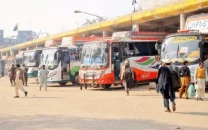
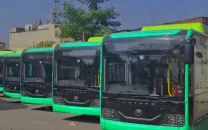

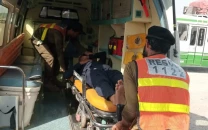
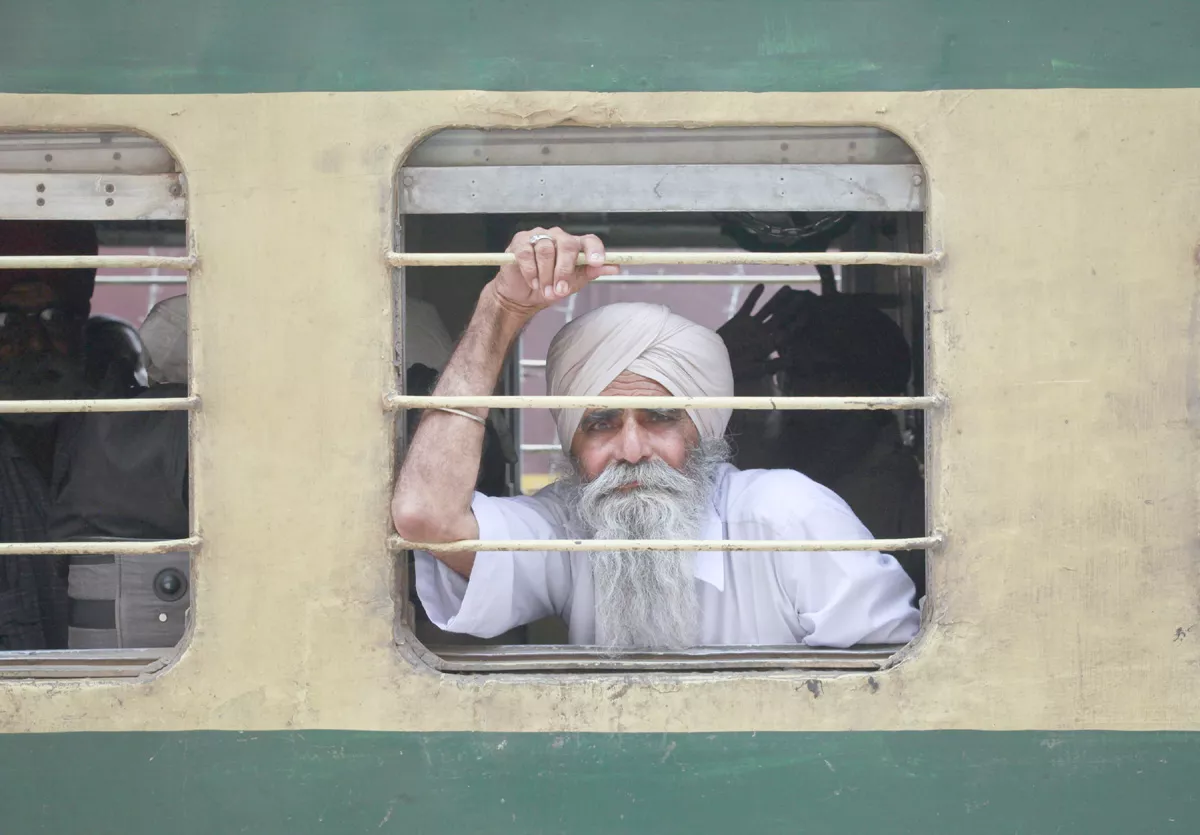












COMMENTS
Comments are moderated and generally will be posted if they are on-topic and not abusive.
For more information, please see our Comments FAQ